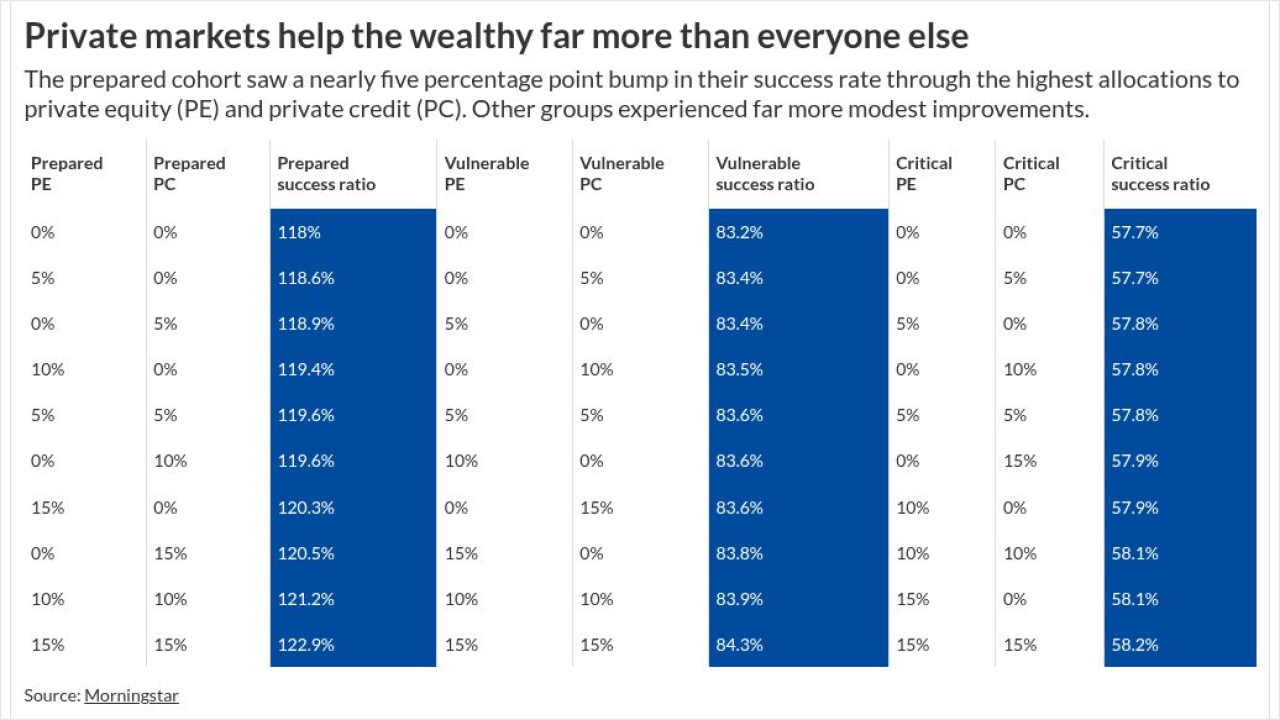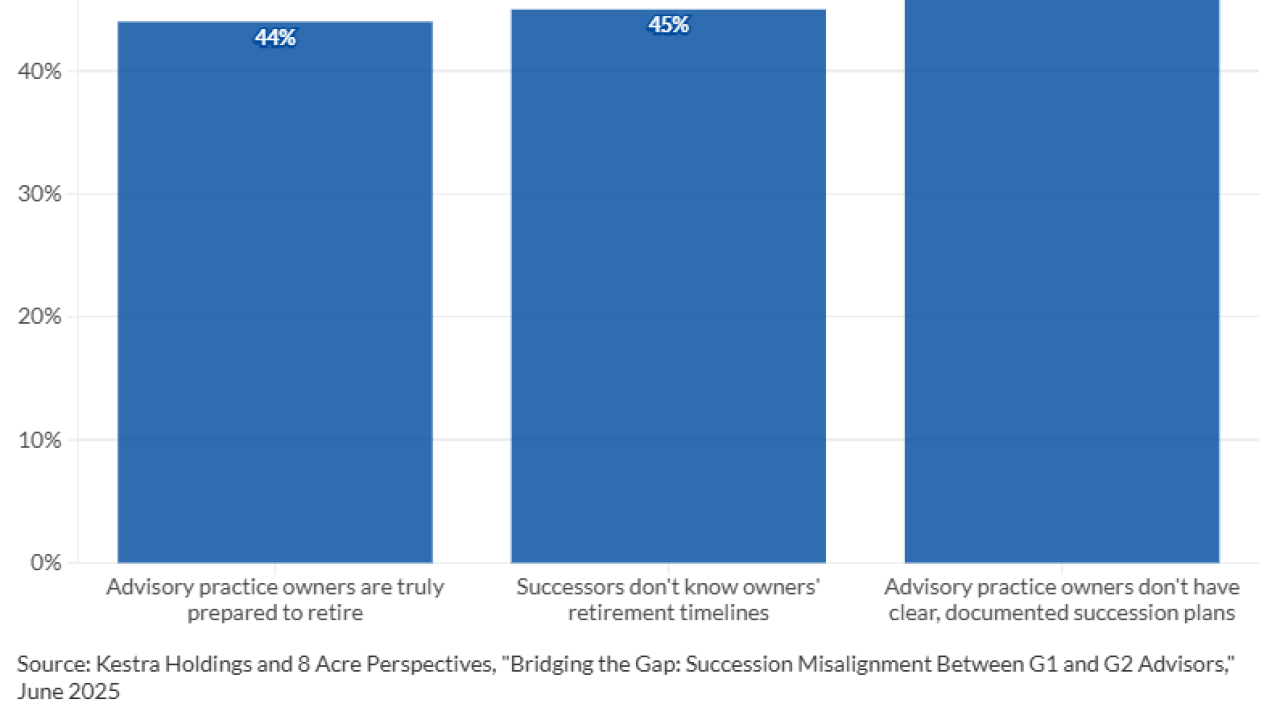Guess who may have less of a reason to worry about tax increases? The C suite.
Surprised? At first glance, executives and other well-compensated professionals high up the corporate ladder would seem to face larger personal tax bills if rates on the wealthy go up. That seems a logical result if the Biden administration’s proposal to raise taxes on the rich comes to fruition.
In fact, the opposite result can materialize. That’s because executives with deferred compensation — a ubiquitous feature of corporate pay packages in which substantial sums are paid out years down the road — typically wait years before cashing in. By not immediately taking their payouts, instead letting them appreciate in value, then strategically timing when they pull them out, they can effectively absorb the hit of higher rates, and even lower their tax bills.
“The benefits of deferral are so strong that you can withstand a very large increase in tax rates,” says Timothy Kochis, the founder of Kochis Global, a

It’s a counterintuitive result, for sure. But as the White House mulls raising ordinary rates and capital gains levies on long-term investment profits, sophisticated advisors are increasingly walking their senior executive clients through the math.
No one knows just how much taxes might go up to pay for Biden’s trillion-dollar plans for infrastructure, child care and other areas. But support from Democrats who control Congress by a tiny majority and administration officials, including Treasury Secretary Janet Yellen, make at least some increase in levies on the wealthy more likely. Biden wants the current 23.8% long-term capital gains rate to spike to 39.6% (plus 3.8% for the Obamacare surcharge) for those making more than $1 million a year. The top 39.6% rate would also hit earners making more than $
Amid those prospects, executives have to think ahead: Under IRS rules, they must elect to defer income in the year before it’s earned, and bonuses six months before their performance period ends. If ordinary rates go up in 2022, “advisors should prep for this discussion,” says Bruce Brumberg, the editor–in–chief of myStockOptions.com and myNQDC.com, which stands for non-qualified deferred compensation, the technical name for the plans.
Whether it’s annual salary or a bonus, earnings are taxed at ordinary rates. So if the top 37% rate goes up nearly three percentage points, shouldn’t you take your payout now, while rates are lower?
Nope,
Sometimes called “golden handcuffs,” deferred compensation plans are a mainstay of highly-paid professionals’ retirement savings. Companies, particularly those in financial services, manufacturing and technology, use them as a perk to attract and retain key employees, and don’t offer them to rank–and–file workers. Unlike 401(k) plans for ordinary employees, the plans don’t have contribution limits. Executives can squirrel away unlimited amounts of their pre-tax income, and companies often toss in matching contributions. They’re usually invested in mutual funds and life insurance.

The company typically guarantees holders of the plans a minimum annual return — what Fidelity Investments
Say you immediately cash in a $550,000 deferred bonus this year. As a single filer taxed at the current top rate of 37%, you would owe $203,500 in tax for the year, with $346,500 left over. Invest that leftover chunk in a brokerage account over five years at 7.5%, and you have $496,000, or $437,000 in after-tax dollars.
Now say you wait five years to take the bonus. It’s now worth nearly $790,000, also assuming a 7.5% annual return. At the same time, your tax rate is now a higher 39.6%. You would owe nearly $313,000 in tax, and have around $477,000 left over. Kochis calculates that’s a net $40,000 more compared to immediately cashing in five years earlier and investing the leftover at after-tax rates.
Just how high can your tax rate go before it’s not worth deferring for five years? Nearly 45%, according to Kochis. (See his formula below.)
“At any future tax rate lower than 44.7%, the deferral is a better deal,” says Kochis of the example he provided. With an even longer deferral period, say seven to 10 years, “The arithmetic favors the deferral even more.”
(Here's the formula used in the example to calculate the “tolerable” rate: 790,000 − [790,000 * X] = 437,000. X is nearly 44.7 in percentage terms.)
There’s another tax benefit to the plans. Payouts don’t get hit by the
Postponing compensation doesn’t just allow it to appreciate in value. It can also lower a high-income earner’s tax bill once she heads into retirement and is no longer making as much. For clients in their late 50s or early 60s, “We can bump them into 32% or 34% tax brackets each year as they’re nearing retirement,” says CFP Michael Palmer, the managing principal of Ark Royal Wealth Management, an RIA in Raleigh, North Carolina.
One potential drawback of deferring compensation into retirement: If your tax bracket does go up past 45%, it may be too late for you to do anything about it.
CFP Benjamin Sullivan, who’s based in Austin, Texas, with Palisades Hudson Financial Group, an RIA, says that for someone who is nearing retirement in their mid 60s, “It makes sense in the lull before” required minimum distributions (RMD) begin at age 70 ½ “to start taking some money out” of a deferred compensation plan.
The upshot, Kochis says, is that “The better the plan’s internal rate of return is and the longer the deferral period is, the higher the tolerable future tax rate can be. Financial advisors can perform the arithmetical calculations to justify the deferral … or not. This is a conversation every RIA should be having with their corporate executive clients.“





